Can I let you in on a secret about how to prepare your pool for summer? Depending on where you live, getting your pool ready in early-spring will allow you to enjoy it on occasional weekends as soon as the temperatures start hitting the 70s and 80s. All you need is a good cover, which you should have anyway, and some bravery to submerge in those potentially chilly waters.
Get your pool ready for summer by following these five steps.
1. Clean Your Pool and Filter
Start this easy weekend DIY project by taking off the cover of your in-ground or above ground pool and skimming any leaves and debris. At this point, don’t focus on the color of the water, which may be tinged green or even slightly brown. Instead, focus on anything big and clunky that may clog the pool’s filter.
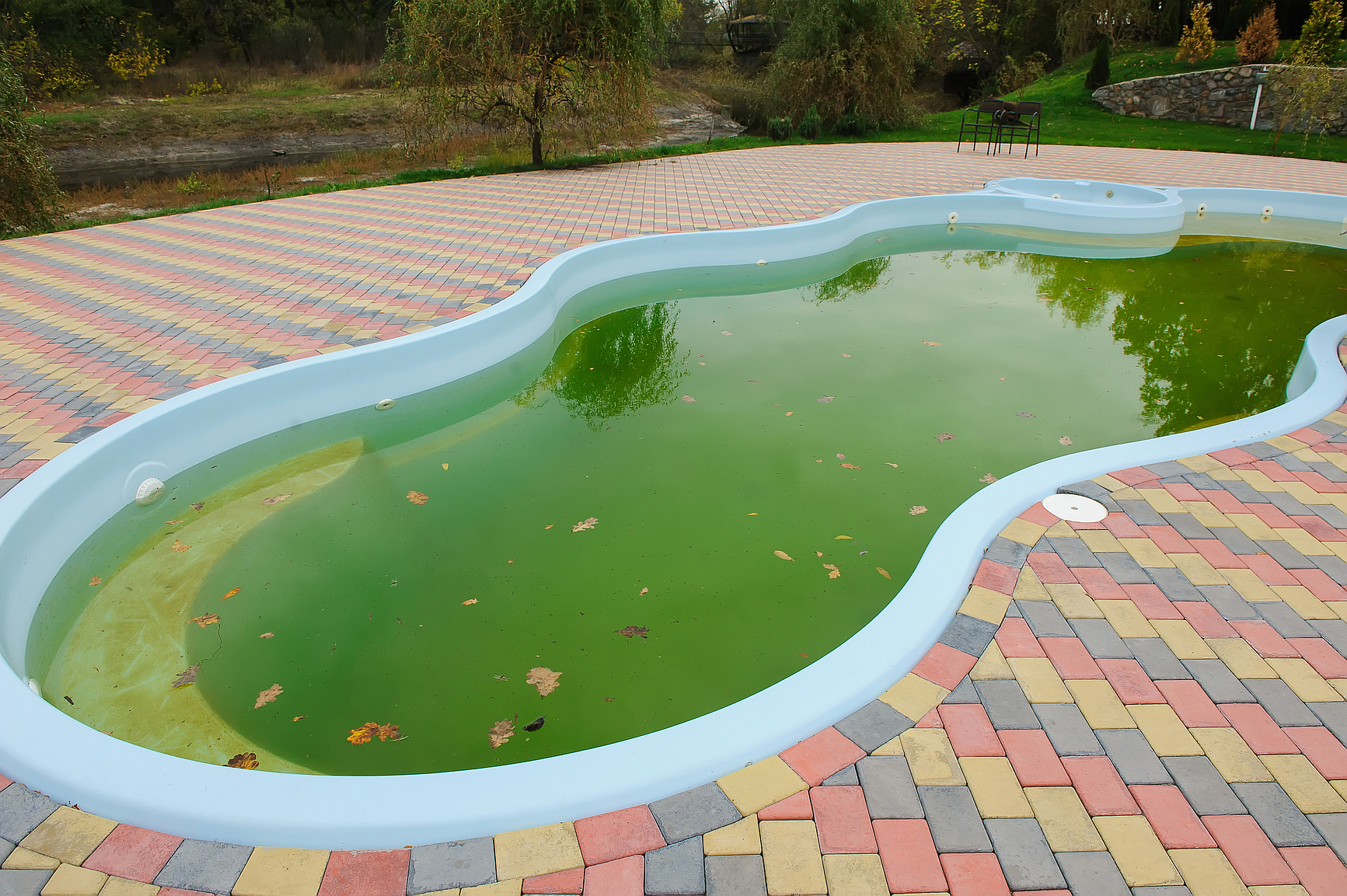
Photo by Oleksandr Lypa on Dreamstime
Speaking of filters, you must also clean these when opening an in ground pool. Simply lift the filter itself, brush off any large debris, and then run it under cold water for a couple of minutes.
2. Add Chemicals and Fill with Water
Next, add enough water from a garden hose to fill your entire pool. Don’t worry, it’s absolutely fine to mix your “dirty” water with the fresh hose water — you’ll be adding chemicals soon to help clean it all.
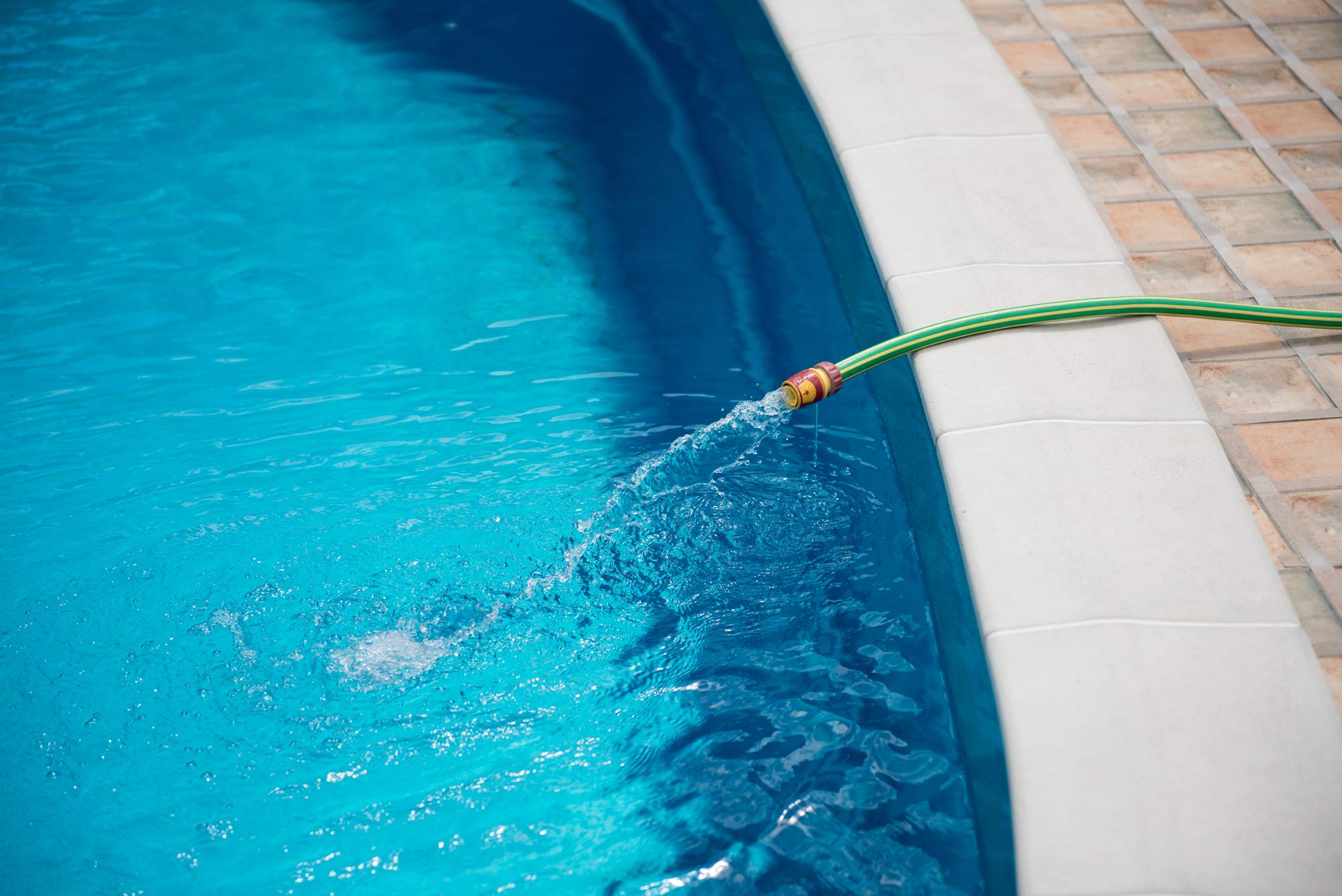
Photo by Gerold Groteluelschen on Dreamstime
Turn on your pool equipment, including the filter and pump, and let it run for 24 hours. If your pump doesn’t start processing the pool water right away, remove the lid to the pump and add water to get the system going.
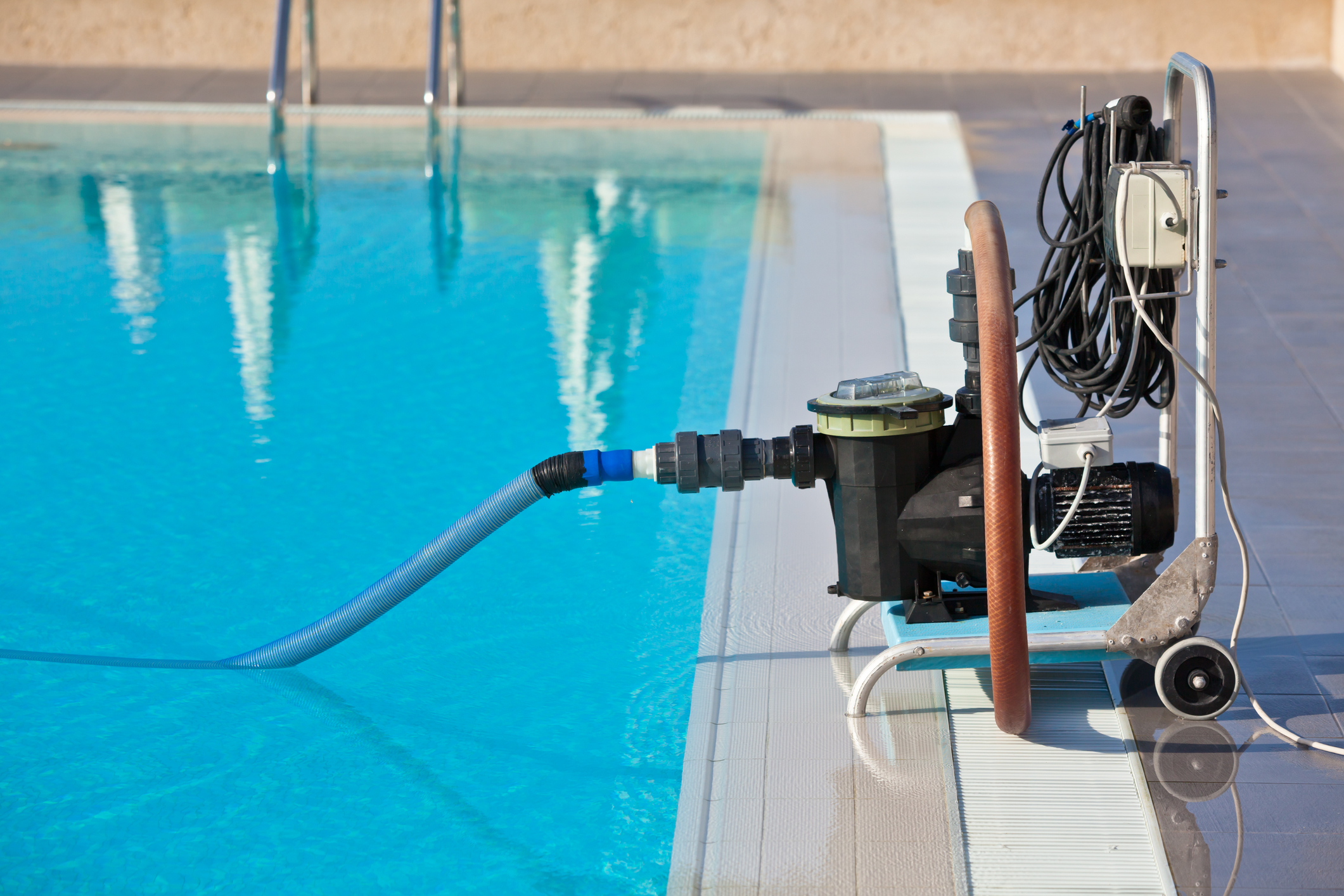
Photo by Topdeq on Dreamstime
It’s best to “shock” your pool early on using 1 pound of chlorine shock for every 5,000 gallons of water.
3. Balance the Levels
After allowing your pool system and the chlorine work their magic for 24-48 hours, test your water’s chemical levels to get your pool ready for swimming.
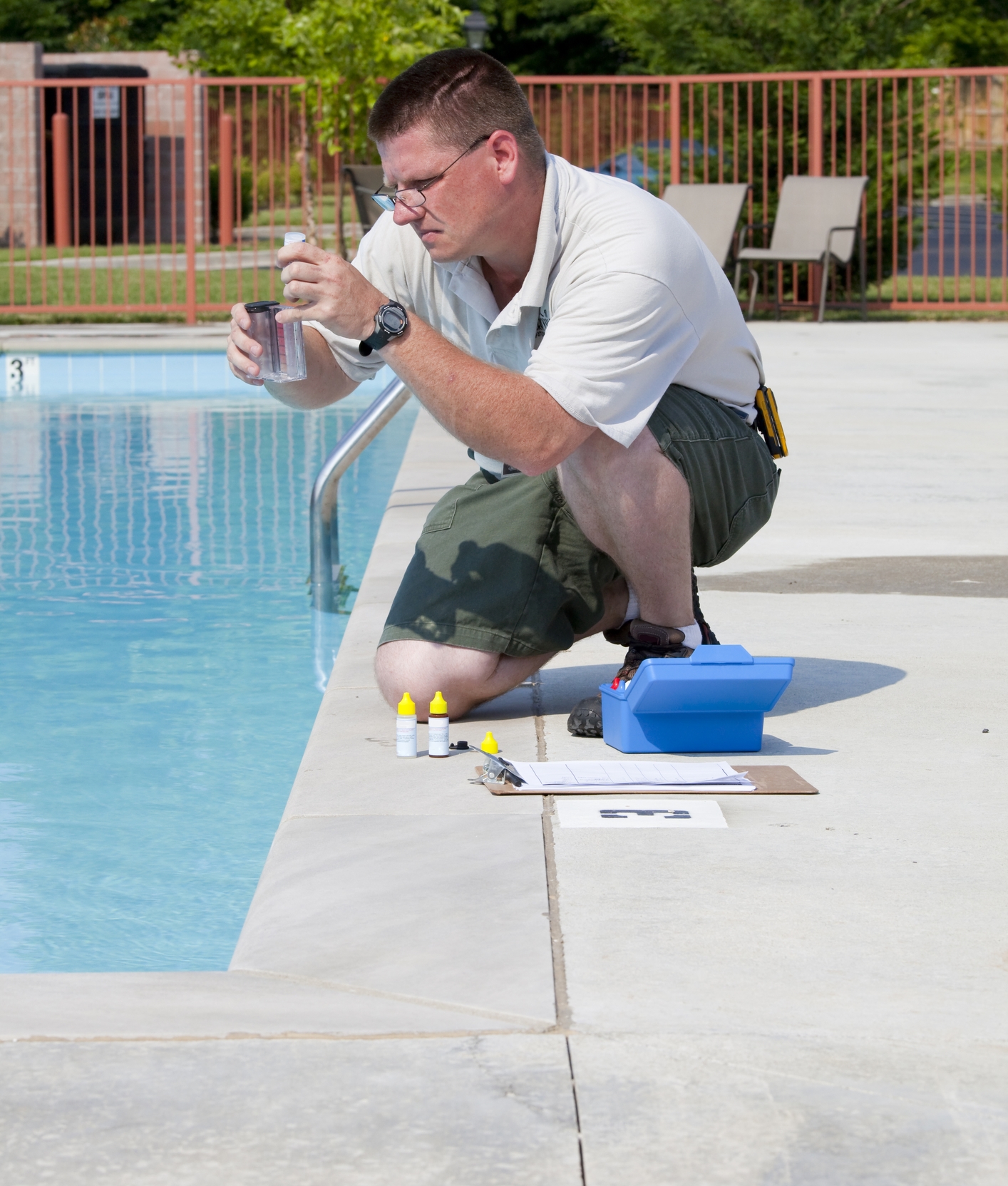
Photo by Ernest Prim on Adobe Stock
For a safe swimming experience, use a pool chemical test kit to verify that all your levels are within these ranges:
- Chlorine: 1.0 – 3.0 ppm. When levels fall above or below this threshold, add or decrease chlorine levels accordingly. Keep in mind that your pool may read high chlorine levels after a chlorine shock.
- pH: 7.4 – 7.6. To properly balance, use sodium bicarbonate to raise the pH or sodium bisulfate or muriatic acid to decrease it.
- Calcium: 200 – 400. If you have soft water, it’s likely you will need to add calcium chloride to bring your levels up to this range. To decrease calcium levels, use pool flocculant.
- Alkalinity (stabilizes pH level): 80 – 140 ppm. To decrease alkalinity, add sodium bisulfate or muriatic acid. To increase it, use sodium carbonate.
4. Monitor the Filter and Water Color
For the next several days and weeks, keep a close eye on your filter and water color. Continue to remove any debris such as leaves, sticks, or other matter trapped in your filter so that the water can continue to flow through the system effectively.
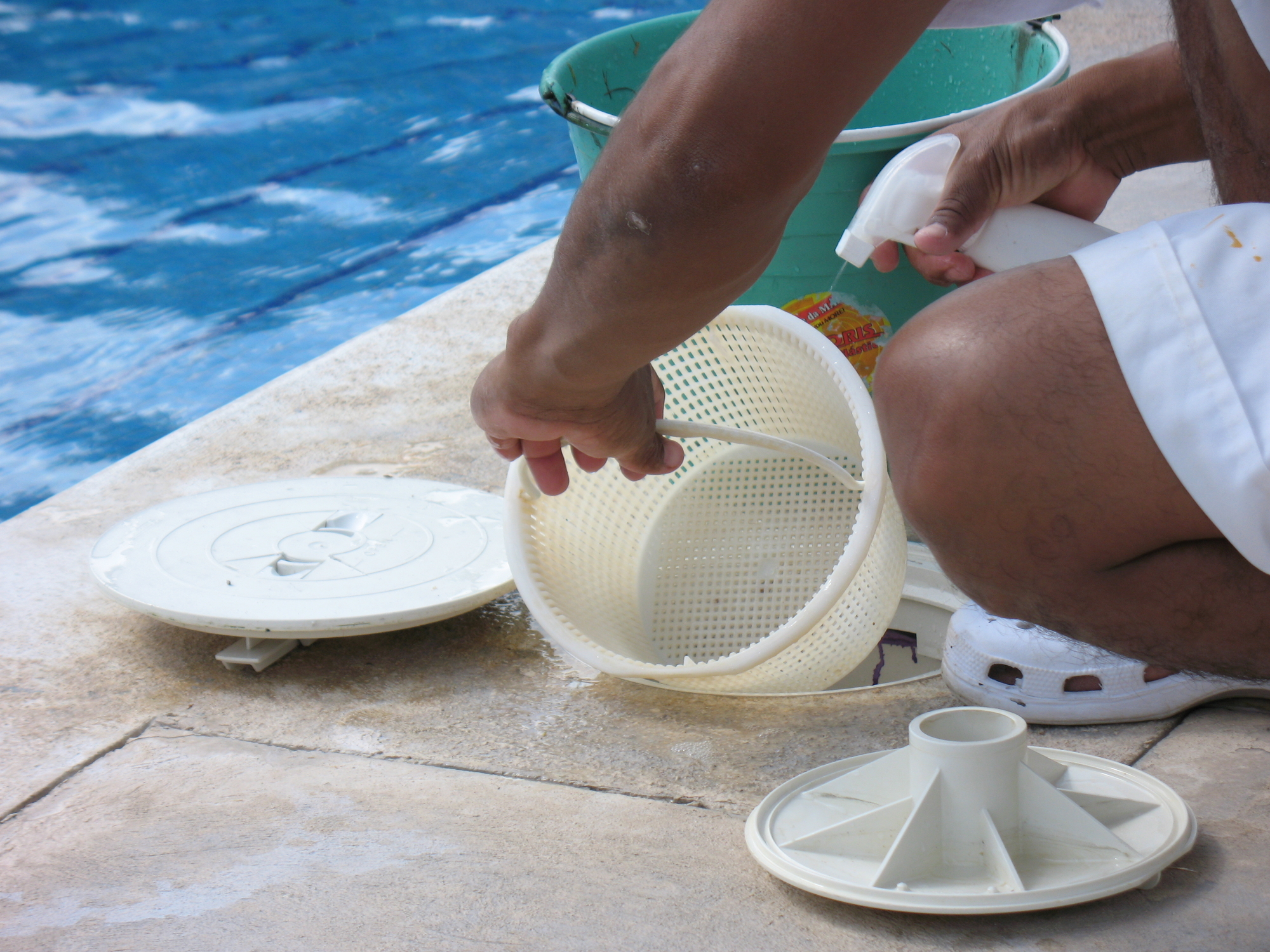
Photo by Henriette Rouleau on Dreamstime
Once the color of your water turns crystal clear and your levels balance out (see Step #3), you’re ready to complete the final step.
5. Vacuum, Scrub, and Prepare
Finally, scrub, vacuum and skim your pool so it’s in tip-top shape. Add your ladder and any other pool accoutrements such as floating chlorine pods.
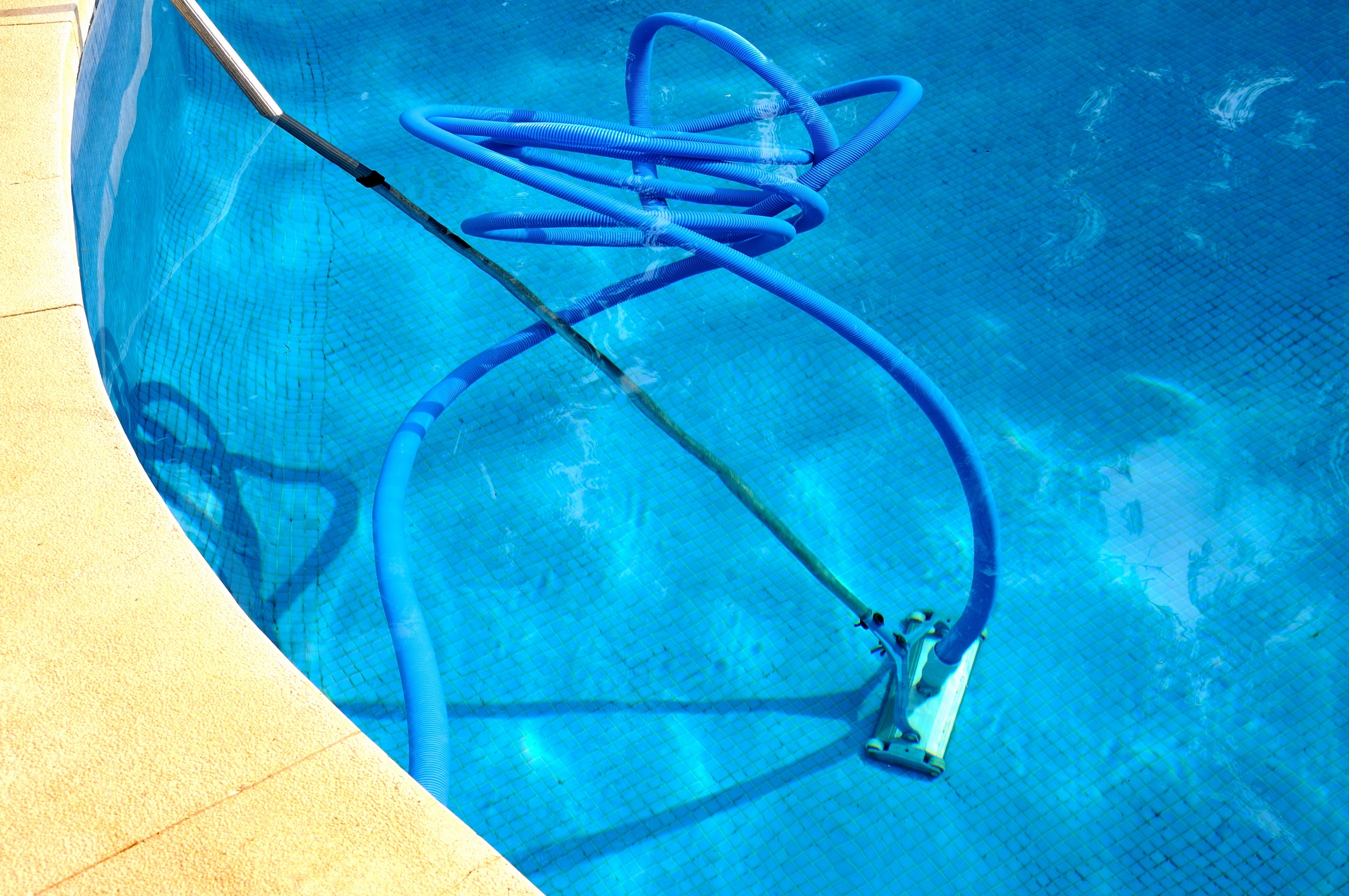
Photo by Arenaphotouk on Dreamstime
At last, your pool is ready to be enjoyed. Consider using a solar cover to help warm up your pool and keep it free of leaves that fall overnight.
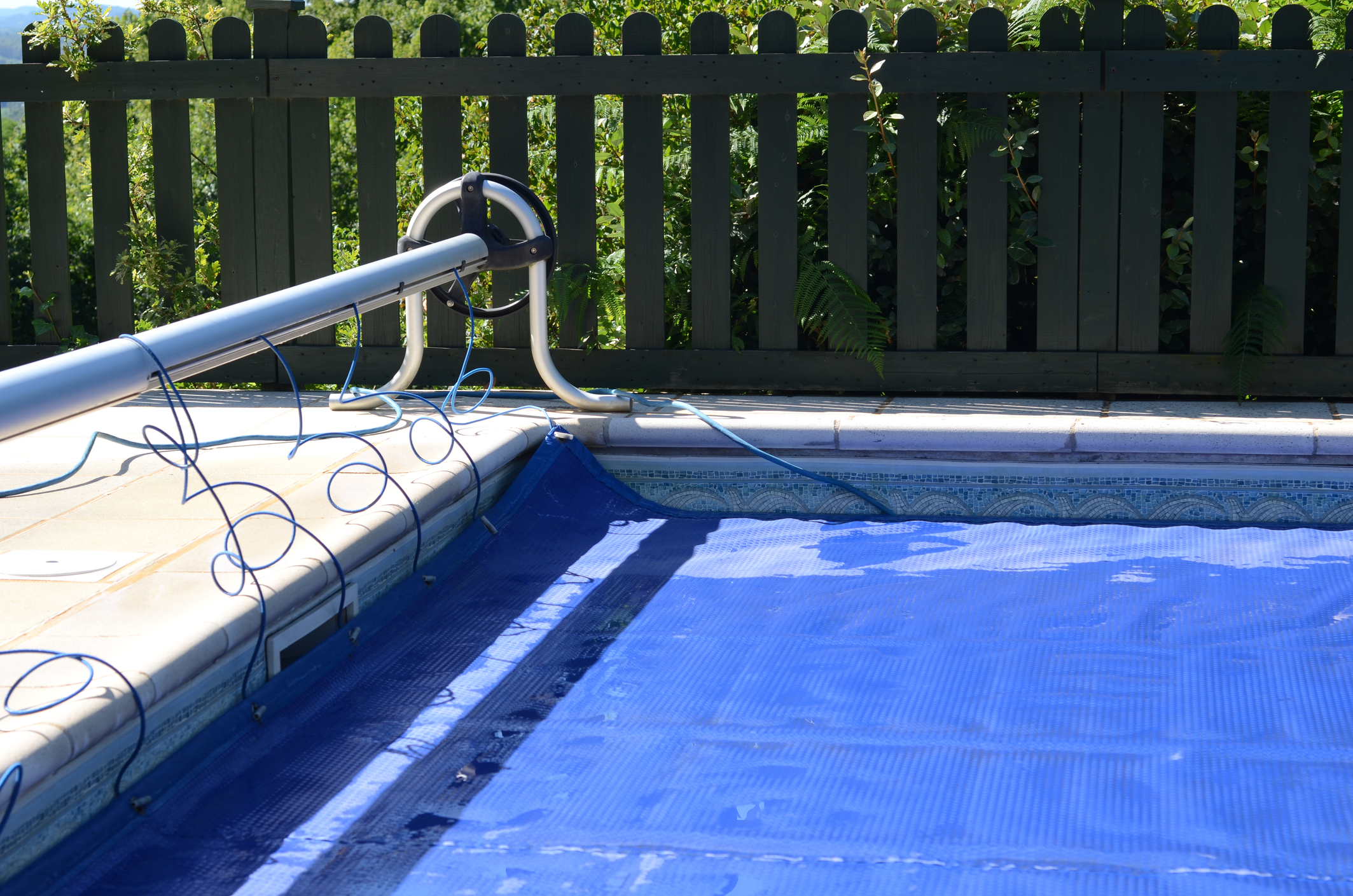
Photo by Cmspic on Dreamstime






















